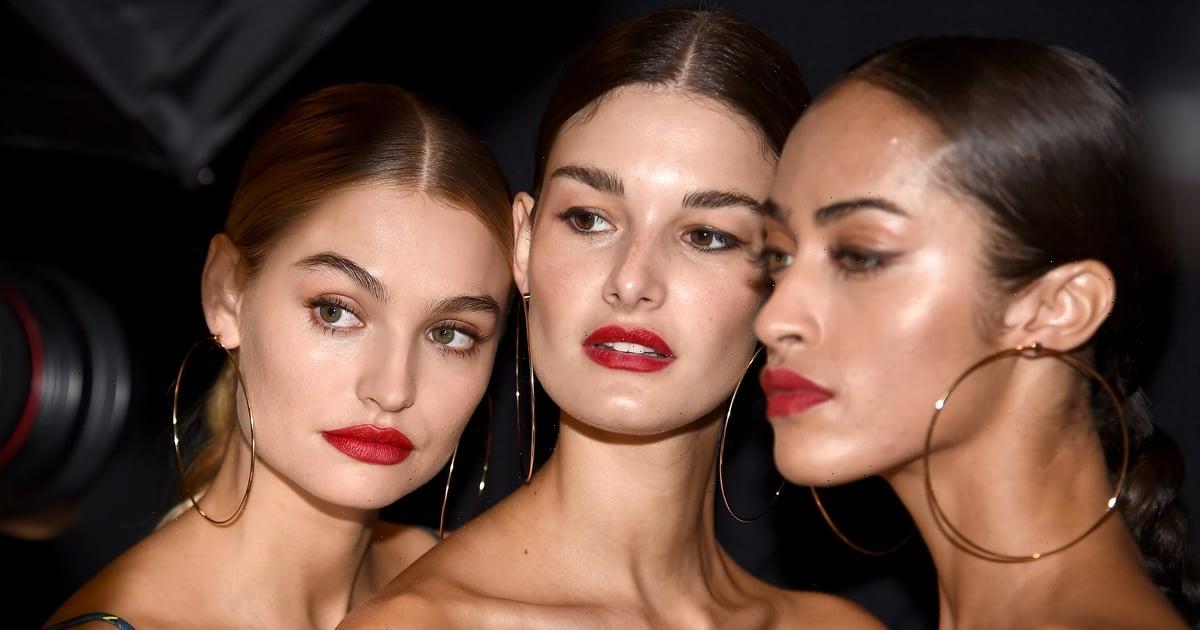Some artists launch themselves into the world with a cautious toe in the water; some make a huge splash. Lana Del Rey’s “Video Games,” which may have been one of the first songs to “go viral,” was more than just a song — it was a statement of intent and a blueprint for everything she’s done since. With loved-up, ominous lyrics cloaked in shadowy production, the baroque ballad heralded the arrival of a songwriter who wielded vulnerability like a weapon. Over the course of seven studio albums, the prolific Del Rey has refined her sound into many different shapes — all unmistakably her.
It all started in June 2011, when “Video Games” hit the internet. “I remember being in Long Island with my family and seeing the Weeknd post ‘Video Games’ on Tumblr,” Del Rey says. The song wasn’t her debut — she’d released an album the previous year and an EP under her real name, Lizzy Grant, in 2008 — but it certainly was a lasting and far-reaching introduction to the world. “I can’t say to what extent I’ve influenced anything. But I can say all of my creative cosplay — aka notes from my real life — did widen up the sound in popular music for people to make a departure from a pure pop sound to something more diarist.”
From there, she was off and running. In 2012, she unveiled the sweeping, widescreen “Born to Die” album; boosted by a deluxe edition (which included the Rick Rubin-produced “Ride”), it spent 400 weeks on the Billboard 200.
She continued to branch out stylistically and seek new collaborators. For the follow-up, 2014’s “Ultraviolence,” Del Rey explored a gritty, guitar-driven sound with producer Dan Auerbach of the Black Keys. “I learned how good it felt to be singing, writing and producing stylistically in a way that felt very natural and detail-oriented,” she recalls.
She would push the boundaries further on 2015’s dreamy, soundtrack-esque “Honeymoon,” a controversial curveball at the time that has since been embraced as a fan favorite. “I felt like I might be going in a more jazz-oriented direction, but the music of course did later pivot again,” she says.
Indeed: On 2017’s “Lust for Life,” she widened her net of collaborators. “It felt good to work with other people,” she explains. “I had been doing things in a very insular way up until that point.”
Pivoting again, Del Rey then partnered with Jack Antonoff (known for his work with Taylor Swift, Lorde and St. Vincent) on “Norman Fucking Rockwell!” The multilayered, slightly ’70s-flavored opus earned her a Grammy nomination for album of the year. Says Del Rey: “That meant a lot because I knew it was probably my best album. I’m usually almost exactly right on my gauge of what people will probably hate or love. I’m somewhat psychic in that way.” Antonoff also produced her first 2021 album, “Chemtrails Over the Country Club,” but Del Rey largely took the helm for the majestic follow-up, “Blue Banisters.”
Yet when looking back at her body of work, Del Rey is hard-pressed to offer highlights. “There were moments while I was making ‘Honeymoon,’ moments while mixing ‘Ultraviolence,’ then writing ‘Norman Rockwell!’ and producing my own album, ‘Blue Banisters,’ that all stand out to me,” she reflects. “But to be honest — and this is the takeaway — my proudest achievement is continuing to uphold my personal truth in a time when truth is often questioned and rarely valued.”
Source: Read Full Article


